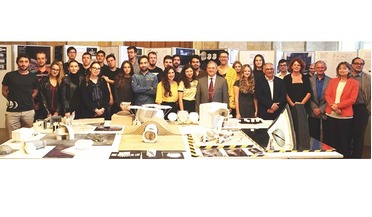 August 2019
Architectural challenges of a Moon village
August 2019
Architectural challenges of a Moon village
... offers opportunities to research how to establish a life-friendly environment, including growing plants, fungi and algae; breeding insects; recycling, processing and preparation methods; recipes; creation of new plants; storing of terrestrial...
 May 2020
An ethical code for living in space
May 2020
An ethical code for living in space
.... The DLR-coordinated project BIOMEX (BIOlogy and Mars EXperiment) found that samples of organisms including bacteria, algae, lichens and fungi survived on the exterior of the International Space Station for 533 days. Some of the...
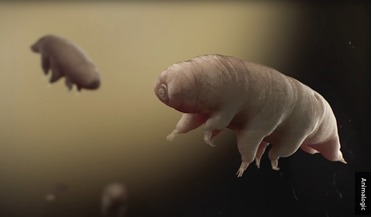 February 2022
Extremophiles as a blueprint for universal life
February 2022
Extremophiles as a blueprint for universal life
... make up the three domains of life. Most are microorganisms but this group also includes eukaryotes such as algae, fungi, protozoa and multicellular organisms. Extremophiles can thrive in both hot and cold environments (thermophiles at > 80C...
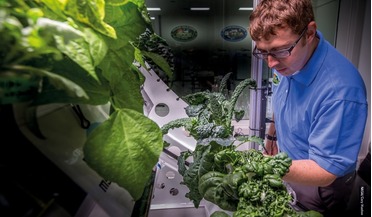 February 2023
How to grow plants in a spacecraft
February 2023
How to grow plants in a spacecraft
... and the recycling of waste materials (for example, faecal matter) to the ECLSS. A BLSS with bacteria and algae could be used to recycle the nitrogen in solid wastes back into a usable form of organic nitrogen that plants...
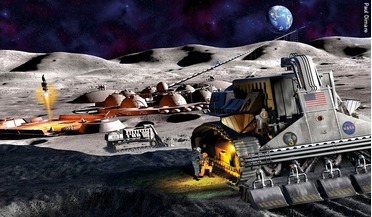 February 2023
The scientific basis for lunar helium-3 production
February 2023
The scientific basis for lunar helium-3 production
...the simulation of Martian or lunar soil conditions), they involved installing a container with capsules containing microbes and algae sampled from lifeless places on Earth on the outside of the Russian Zarya module. It was convincingly confirmed that...
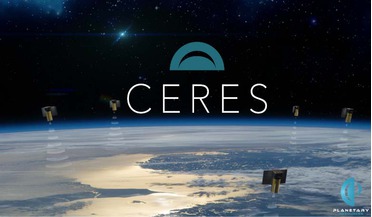 01 June 2016
Planetary Resources, Inc. secures funding for Ceres
01 June 2016
Planetary Resources, Inc. secures funding for Ceres
... and mineral resources, and monitor pipelines and remote infrastructure. The system can also track toxic algae blooms, monitor global water quality and enable the detection of wildfires in their earliest stages. Planetary Resources...